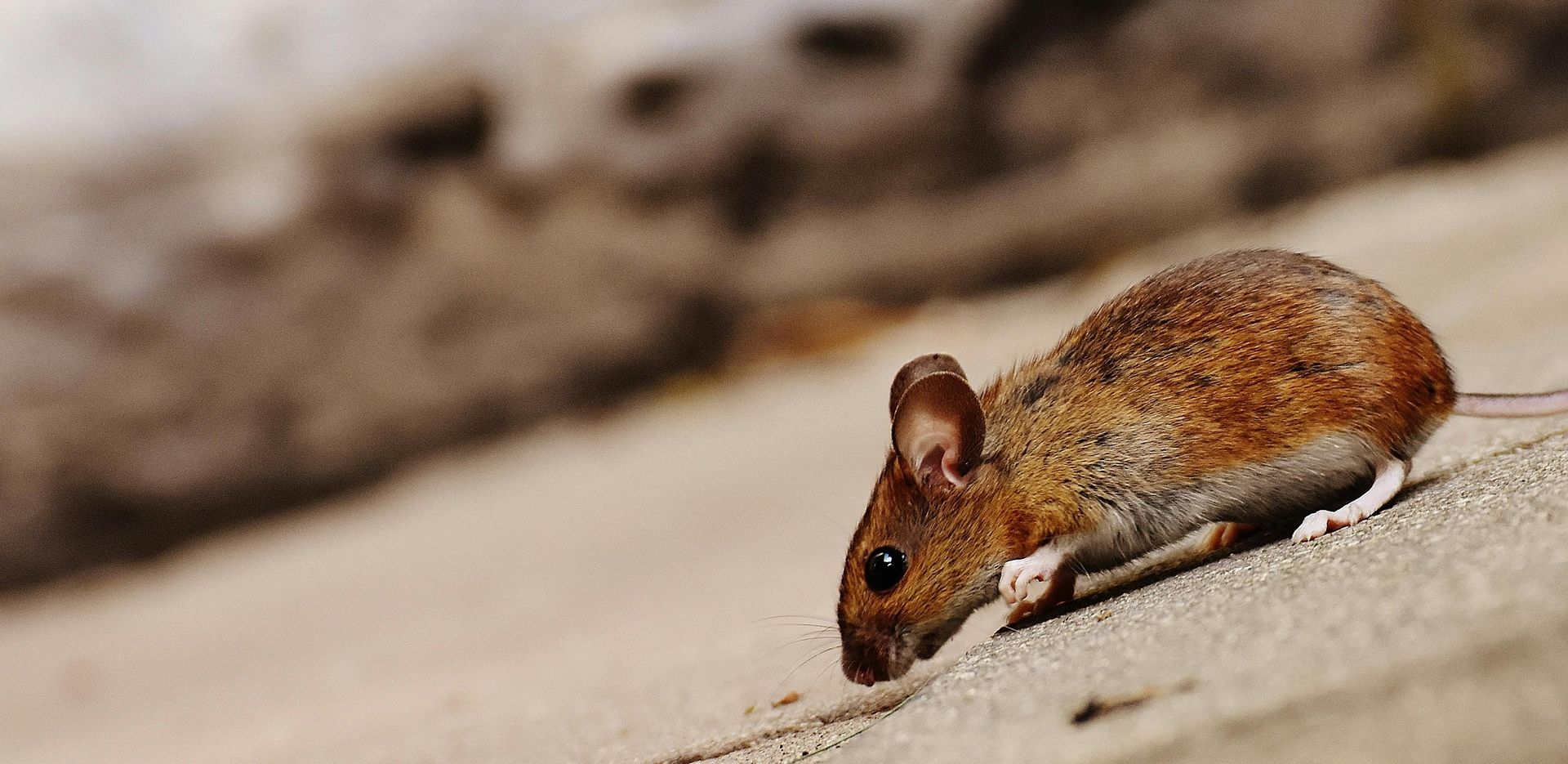By Brett Munson
•
December 12, 2024
Learn about common pests in Baton Rouge, such as termites, cockroaches, and rodents, and why professional pest removal is crucial for your property. Pelican Pest Control offers expert pest control services for homes and businesses.
